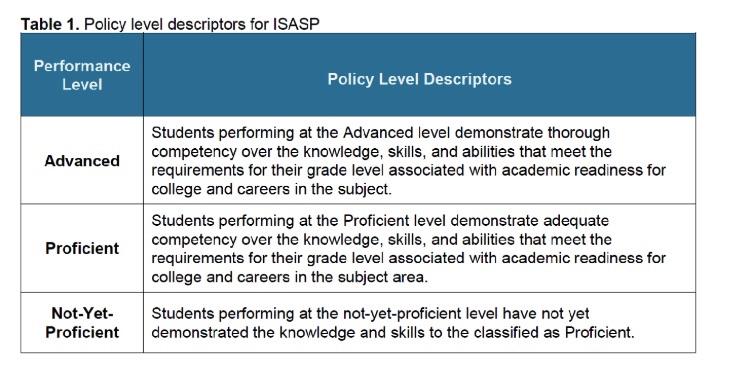Assessment
"How will we know students have learned it?" Rick DuFour
What is assessment?
The Glossary of Educational Reform defines assessment as "the wide variety of methods or tools that educators use to evaluate, measure, and document the academic readiness, learning progress, skill acquisition, or educational needs of students" (2015, edglossary.org). While this does include paper and pencil quizzes and tests, it also includes: projects, presentations, essays, research papers, performance of a task, conversations, and so on.
Types of Assessments
There are 2 main types of assessments: formative and summative.
Formative: ongoing assessments in order to give students' feedback about learning and guide teacher instruction
Summative: end of learning assessments to determine students' mastery of standards often as evidence toward a grade
“When the cook tastes the soup, that’s formative. When the guests, taste the soup, that’s summative.” -Robert Stake
Assessment to Fill Missed Learning Gaps
As part of the Return to Learn Plan the district will be using mulitple pieces of information to meet student needs. The focus will be on moving students foward in learning grade-level standards by filling gaps in prior grade-level learning just in time. This means working with students to gain the essential skills needed to access current grade-level content.
Types of data used:
- information from the previous year's teacher
- pre-test data about student knowledge on essential prior grade-level skills needed for the current learning
- screener assessment data to show reading, writing, and math proficiency
Possible responses to data:
- classroom activities to meet student needs (reteaching, extra practice, tutorials, etc.)
- whole class lessons
- targeted intervention during WIN time or Pride Hour
Standardized Assessments
- In the state of Iowa all students grades 3 through 11 are required to take the Iowa Assessment of Student Progress or ISASP each spring. This test is a summative assessment that indicates whether or not the student is proficient (meeting adequate competency) on the Iowa Core Standards of reading, writing, and mathematics. Students in grades 5, 8, and 10 are also tested in science.
- Students in grades K through 8 also take a universal screener test called the Formative Assessment System for Teachers or FAST in the fall, winter, and spring. The purpose of these tests is to inform teachers, students, and families whether or not students are making adequate progress toward the Iowa Core Standards in reading and mathematics. This allows teachers to target interventions for students that are at risk of not meeting proficiency on the ISASP in the spring to the specific needs of the student. Teachers then track student progress with the intervention and change the intervention strategy, if the data shows the original intervention is not working for the student. The goal is success for all students.
ISASP Scoring Descriptions
A student's overall performance is described as Advanced (A), Proficient (P), or Not-Yet Proficient (N). The range of scores for each performance level are listed on the ISASP website linked below for each subject area and grade level. These score ranges will remain the same from year to year.
* Please direct any questions about your student's scores to the classroom teacher, building principal, or curriculum director.






